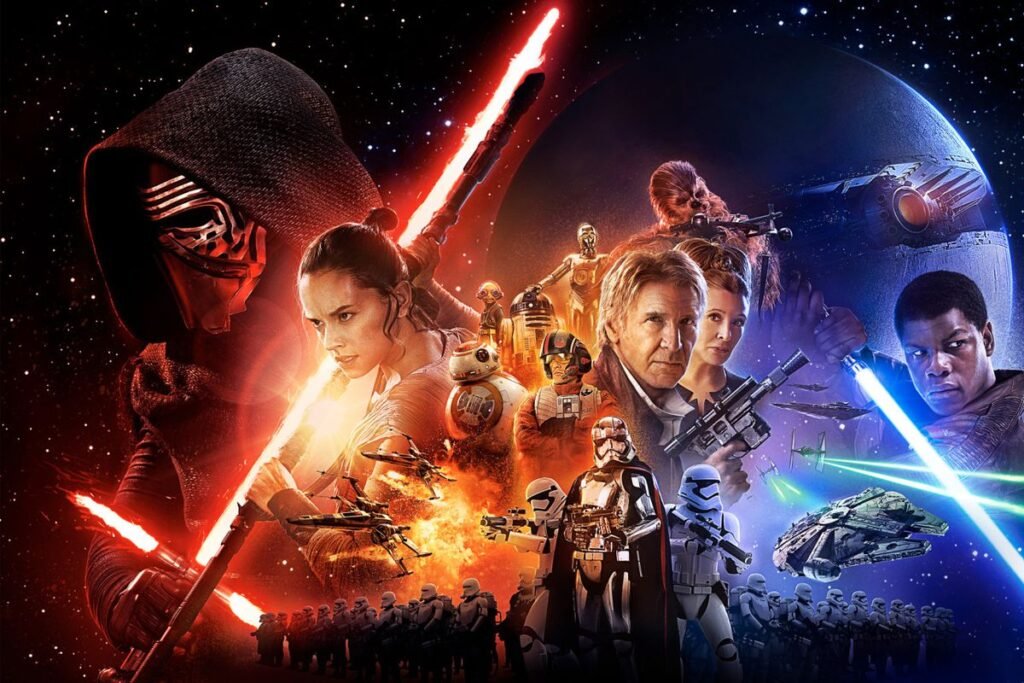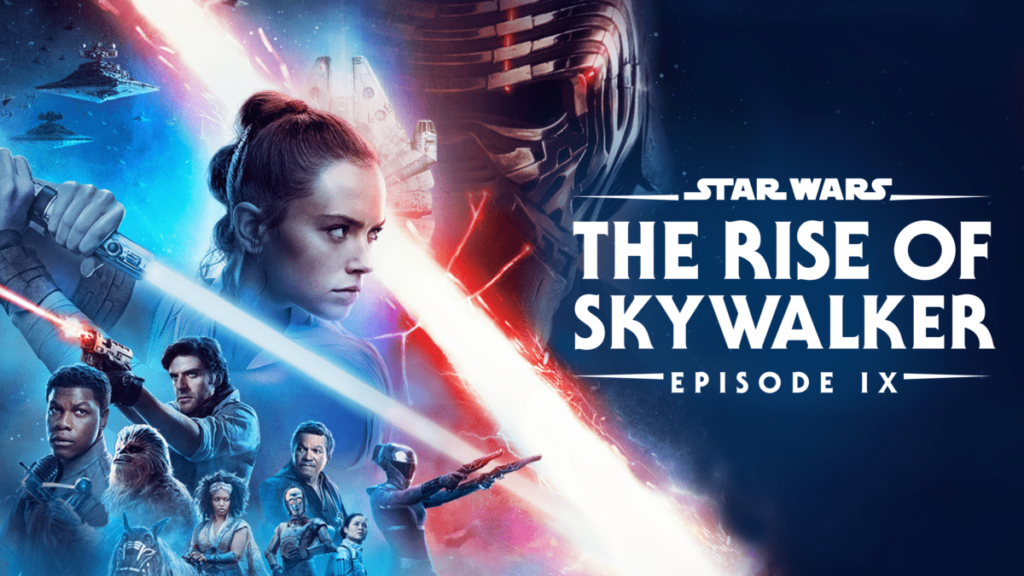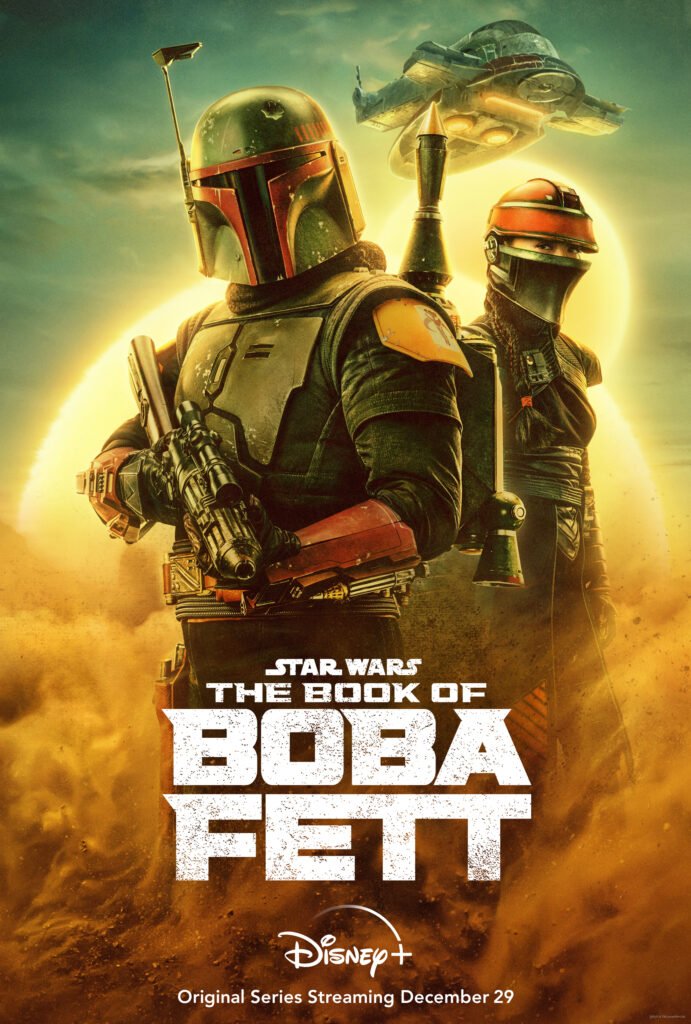In the vast expanse of popular culture, few franchises have left as profound an impact as Star Wars. Created by George Lucas, the space opera saga has captivated audiences for over four decades, transcending generations and becoming a cultural phenomenon. Join us on a journey through time as we explore the rich and intricate history of Star Wars, from its humble beginnings to its status as a global cultural phenomenon.
I. Genesis of the Galaxy (1977-1983):
The Star Wars saga began with the release of “Star Wars: Episode IV – A New Hope” in 1977. George Lucas, a visionary filmmaker, introduced audiences to a galaxy filled with Jedi, Sith, rebels, and the imposing Galactic Empire. The film’s unexpected success led to two sequels, “The Empire Strikes Back” (1980) and “Return of the Jedi” (1983), forming the original trilogy. This trilogy laid the foundation for the expansive Star Wars universe, introducing iconic characters like Luke Skywalker, Princess Leia, Han Solo, and the menacing Darth Vader.

II. The Dark Times (1983-1999):
After the original trilogy concluded, Star Wars entered a period of dormancy. Fans eagerly awaited more content, and their patience was rewarded with novels, comics, and the beloved animated series, “Star Wars: Droids” and “Ewoks.” However, it wasn’t until 1999 that George Lucas returned to the director’s chair with “Star Wars: Episode I – The Phantom Menace.” The prequel trilogy, exploring the rise of Darth Vader and the fall of the Jedi Order, divided fans but expanded the Star Wars mythos.

III. The Force Awakens (1999-2012):
The prequel trilogy concluded with “Revenge of the Sith” in 2005, leaving fans hungry for more. In the following years, animated series like “Star Wars: The Clone Wars” and “Star Wars Rebels” continued to enrich the lore. The acquisition of Lucasfilm by Disney in 2012 marked a turning point, leading to the creation of a new sequel trilogy. “The Force Awakens” (2015), directed by J.J. Abrams, introduced a new generation of characters alongside familiar faces, reigniting the Star Wars forever.

IV. The Skywalker Saga Concludes (2015-2019):
The sequel trilogy, consisting of “The Force Awakens,” “The Last Jedi” (2017), and “The Rise of Skywalker” (2019), brought the Skywalker saga to a close. While divisive among fans, this trilogy provided closure to the epic narrative that began in 1977. It also paved the way for standalone films like “Rogue One: A Star Wars Story” (2016) and “Solo: A Star Wars Story” (2018), expanding the universe beyond the main saga.

V. A Galaxy in Flux (2020-Present):
As of our current timeline, Star Wars continues to evolve. The success of Disney+ series like “The Mandalorian” and “The Book of Boba Fett” showcases the franchise’s adaptability to new formats. Additional projects, including new trilogies, standalone films, and series, promise to explore uncharted corners of the Star Wars galaxy, ensuring that its legacy remains vibrant for years to come.

From its humble origins in 1977 to its current status as a cultural juggernaut, Star Wars has stood the test of time. Its influence extends beyond the realm of cinema, permeating literature, television, and the collective imagination of fans worldwide. As we look back on the history of Star Wars, we can appreciate the enduring power of a galaxy far, far away and anticipate the untold stories yet to unfold in this ever-expanding universe. May the Force be with you, always.



0 Comments